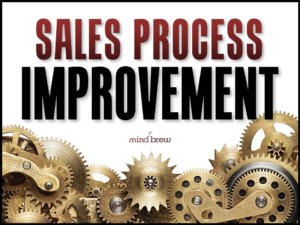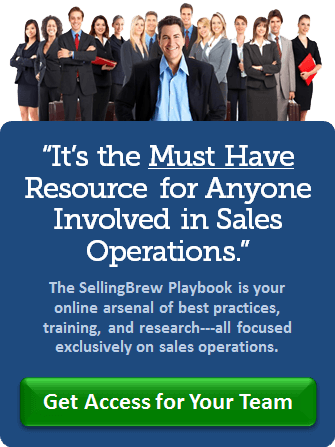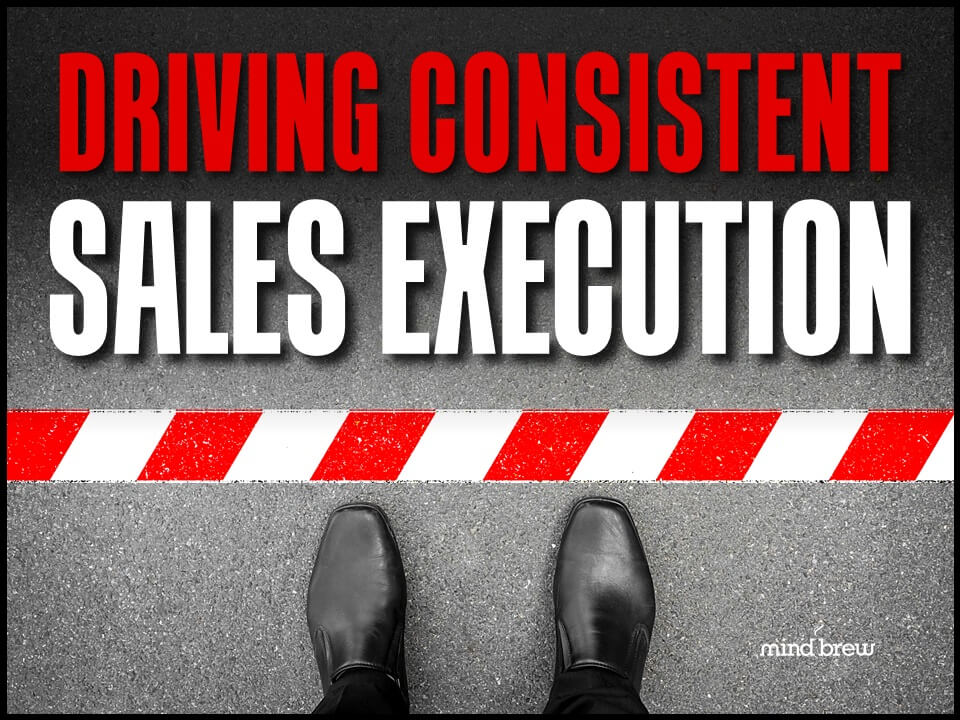Have you ever heard someone say, “Discretion is the better part of valor”?
In a military context, this idea refers to the fact that it’s sometimes better to retreat and live to fight another day than to engage in a battle you are unlikely to win. Even though generals have trained to fight, sometimes it’s better for them to do the exact opposite.
You can apply this concept to a lot of other occupations. For example,
- Lawyers are trained to win cases but settling is often the smartest move.
- Firefighters are trained to put out fires, but they may start controlled burns to prevent larger disasters.
- Pilots are trained to fly, but seasoned aviators know that choosing not to take off in bad conditions can save lives.
- Baseball players are trained to swing the bat but sometimes taking a pitch results in a walk or allows a runner to advance.
- Writers are trained in the rules of grammar, but choosing to break those rules can result in sentences with more impact.
And, as you’ve probably guessed, this same concept also applies to sales.
Identifying bad deals
Salespeople are trained to close deals. But not all deals are good deals.
You’ve seen bad deals before. Sometimes they result from customers who demand steep discounts. Other times customers require so much hand-holding that the cost to service the account erases any potential profit. And in some cases, customers defect to a competitor after you’ve barely got them onboarded.
Unfortunately, it’s really hard to spot a bad deal in advance. Many B2B companies don’t have a definition of a “bad deal.” As a result, the sales team chases every potential opportunity—including some that don’t even have a chance of panning out.
However, a close analysis of your data will usually reveal some red flags the indicate a deal is likely to go bad. Here are some examples:
- High Customer Acquisition Cost (CAC) – If winning the deal requires excessive spend, multiple touchpoints, or executive intervention, the long-term value may not justify the cost.
- No Long-Term Growth Potential – If the deal is a one-time transaction with no expansion or renewal opportunity, think hard about whether it’s worth the effort to onboard the customer.
- Chronic Negotiators – Some buyers always come back asking for one more discount, one more concession, one more customization. This rarely stops after the contract is signed.
- Red Tape – If the deal is already bogged down in approvals or legal issues, or if you aren’t sure who the ultimate decision-makers are, expect ongoing headaches once they’re a buyer.
- Extensive Customization Requests – Not all customization requests are a bad thing. In fact, some can even point you towards new features or products that will appeal to many customers. But if the deal requires extensive unique configurations, manual workarounds, or special exceptions, it may make the deal undesirable.
- They Just Want Pricing – Some companies engage with sales teams just to get pricing leverage with their existing vendor. You may want to think twice about creating a lot of quotes for leads that have a long-term relationship with a competitor, especially if they have made similar requests in the past and not followed through.
We cover these ideas and more in our webinars on Preventing Unprofitable Deals Before They Happen, How to Identify & Target Your Best Prospects, and Negotiating Profitable Deals. If your team doesn’t have well-defined criteria for bad deals, we recommend going through those resources and taking the time to create guidance for when your sales team should walk away from an opportunity.
It can be tough to get your salespeople to stop selling. But if you can educate and empower them on which deals you don’t want to pursue, you’ll increase the chances that your organization will live on to fight another day.














